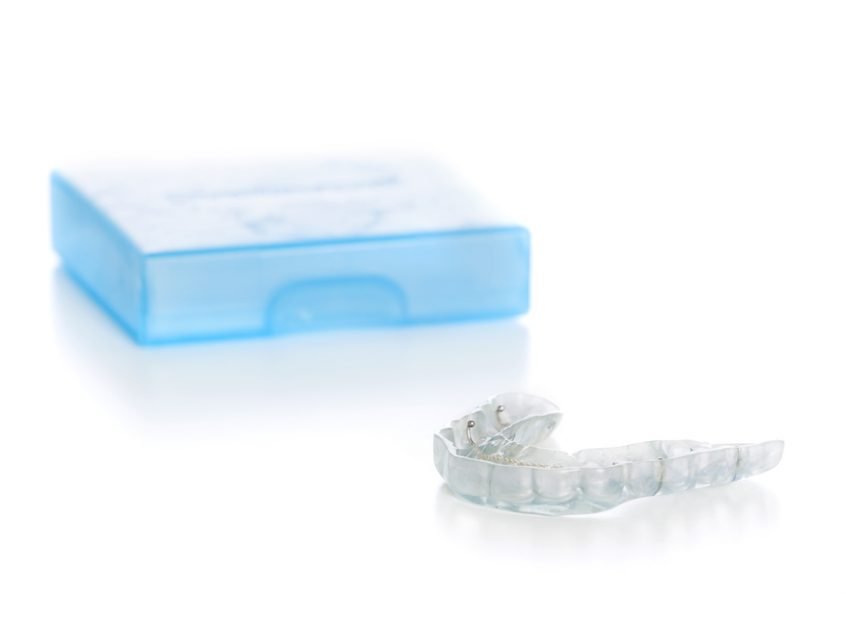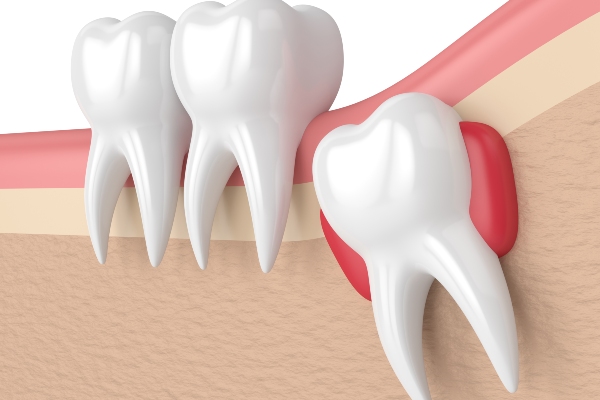Types of TMJ Devices

If you suffer from TMJ, then you need treatment. No one should have to suffer the symptoms of TMJ without relief. While surgery is sometimes the only treatment option, there might be other choices. TMJ devices could be the answer to treating your jaw disorder. Find out about your treatment options.
What Types of TMJ Devices Exist?
If you’re looking for a TMJ treatment that is not invasive, then a TMJ device might be the answer. Surgery is often the last resort. To treat your TMJ, your dentist might first recommend a mouth splint. Also known as mouth guards, mouth splints are common in sports. You might also hear people refer to them as bite plates, mouthpieces, night guards, or orthotics.Despite the many terms people have for them, they are all types of TMJ devices. They keep your jaw in the right position. In doing so, they limit the pressure that goes on your jaw. This prevents more jaw damage from occurring. With the help of TMJ devices, you can reduce some of the symptoms of TMJ.The term “mouth splint” is quite appropriate for TMJ devices. Consider the way a leg splint works. If you sprain your ankle, a splint goes on the injury to keep your ankle ligaments in place. Without a splint, your ligaments would move around and would not heal. It would also cause you pain. The splint allows you to recover more quickly and with less pain. When you use a mouth splint, the results are the same. There is less pressure on your jaw muscles and less pain.
Working with a Specialist
If you need TMJ treatment, then your specialist can help. He can discuss the types of TMJ devices that can benefit you. First, he will examine you and determine why you have a problem. Then, he will be able to recommend a mouth guard. Depending on your choice, he might fit you for a mouth guard.Some people don’t consult with a specialist. However, this can have bad results. Choosing the wrong device can make the damage of TMJ even worse. If you don’t use a fitted device, you also risk doing more harm than good. A professional assessment can save you a great deal of trouble.
Stabilization Splints
There are two main types of TMJ devices. First, you have
stabilization splints or occlusal splints. These splints are appropriate when teeth clenching or grinding is a problem. With this type of splint, the mouth guard is flat and covers all of your teeth. You can find stabilization splints that are soft or hard. The type of material of the splint varies depending on the manufacturer.When you use a stabilization splint, you can prevent teeth grinding. This places less stress on your TMJ muscles. Additionally, it limits the facial pain that you might experience from too much use of your jaw muscles. Using the splint properly usually means wearing it every night. Once you wake up, you can remove the splint.
Repositioning Splints
The second type of splint is a repositioning splint. In some cases of TMJ, the cause is a misaligned jaw. A repositioning splint could be what you need to fix it. With this type of splint, you can start to move your jaw forward. In time, this should eliminate pain and popping or clicking noises.When you wear a repositioning splint, the splint pulls the lower jaw forward. At first, you might need to wear the splint for 24 hours a day. However, that could change after you no longer have jaw pain. Your specialist can develop a long-term care plan for you. It might involve only wearing the splint a few hours a day.
Which Device is Right for You?
Finding a TMJ device is not so much a personal choice as it is a necessity. For example, if your TMJ is due to a
misaligned jaw, then you need a repositioning splint. While you could wear a stabilization splint, it would not have the desired effect. Yo need to find out what is causing your TMJ symptoms. Once you determine that, you can properly choose a splint.Of course, this is not something that you should do on your own. When you work with a specialist, he can tell you which device that you need. You might still have some different options from which to choose. Then, you can decide on one based on other important factors. If money is an issue, then your specialist can explain what affordable options are available.While it might seem like a lot of work to get a custom splint, it’s worth the effort. Your TMJ symptoms can have a major impact on the quality of your life. Whether you suffer from headaches, jaw pain, or any other symptom, you can eliminate those symptoms. All you need to do is talk to a specialist about our TMJ and learn about your options.
 If you suffer from TMJ, then you need treatment. No one should have to suffer the symptoms of TMJ without relief. While surgery is sometimes the only treatment option, there might be other choices. TMJ devices could be the answer to treating your jaw disorder. Find out about your treatment options.
If you suffer from TMJ, then you need treatment. No one should have to suffer the symptoms of TMJ without relief. While surgery is sometimes the only treatment option, there might be other choices. TMJ devices could be the answer to treating your jaw disorder. Find out about your treatment options.
